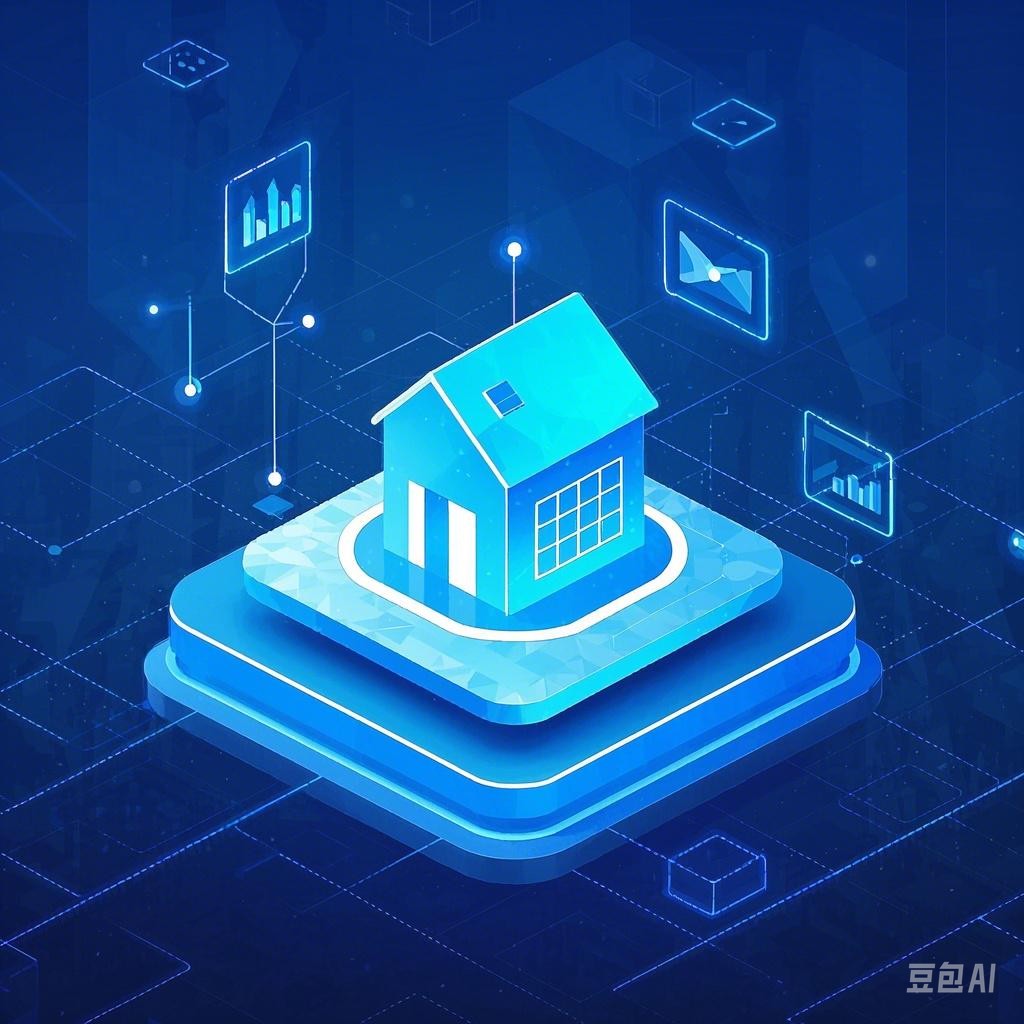Introduction
The concept of the metaverse has been gaining traction in recent years, promising a digital realm where physical and virtual worlds converge. This article delves into the intricacies of the metaverse, exploring its evolution, key components, and the digital footprints left behind as we navigate this new frontier.
Evolution of the Metaverse
Early Concepts
The idea of a virtual world where users can interact with each other and with digital environments has been around for decades. Early examples include virtual worlds like Second Life, which emerged in the early 2000s. These platforms laid the groundwork for the metaverse, introducing the concept of user-generated content and social interactions within a digital space.
The Rise of Virtual Reality (VR)
The rise of VR technology has been a pivotal factor in the evolution of the metaverse. With advancements in hardware and software, VR has become more immersive, allowing users to experience a sense of presence in virtual environments. This has opened up new possibilities for entertainment, education, and collaboration.
Blockchain and Decentralization
Blockchain technology has also played a significant role in shaping the metaverse. By enabling decentralized platforms, blockchain ensures that users have control over their digital assets and interactions within the metaverse. This has led to the emergence of virtual economies and the ability to own and trade digital goods.
Key Components of the Metaverse
Virtual Environments
At the heart of the metaverse are virtual environments that mimic the physical world. These environments can range from realistic simulations to fantastical realms. They are created using advanced graphics and physics engines to provide a seamless and immersive experience.
Social Interaction
One of the defining features of the metaverse is the ability to interact with other users. This includes communication through text, voice, and gestures, as well as collaborative activities like gaming, working, and attending events.
Digital Assets
Digital assets are a crucial component of the metaverse. These can include virtual real estate, clothing, accessories, and other items that users can own, trade, and customize. The value of these assets is often tied to the blockchain, ensuring transparency and security.
Virtual Reality (VR) and Augmented Reality (AR)
VR and AR technologies are integral to the metaverse, providing the necessary hardware for users to engage with virtual environments. VR headsets immerse users in fully digital worlds, while AR devices overlay digital content onto the physical world.
Digital Footprints in the Metaverse
Data Privacy and Security
As users navigate the metaverse, they leave behind digital footprints in the form of data. This data can include personal information, browsing history, and interactions with other users. Ensuring data privacy and security is a critical challenge in the metaverse, as users must trust that their information will be protected.
User Behavior Analytics
The digital footprints left by users in the metaverse can be analyzed to understand behavior patterns and preferences. This data can be used to improve user experiences, develop new features, and target marketing efforts.
Intellectual Property and Copyright
With the creation of digital assets, issues of intellectual property and copyright become more complex in the metaverse. Ensuring that creators are properly compensated for their work and that intellectual property rights are respected is an ongoing challenge.
The Future of the Metaverse
The metaverse is still in its early stages, but it has the potential to revolutionize how we interact with technology and each other. As the technology continues to evolve, we can expect to see more immersive experiences, expanded social interactions, and innovative ways to create and trade digital assets.
Conclusion
Unlocking the metaverse is an exciting journey that is just beginning. As we trace the digital footprints of the future, it is crucial to consider the ethical implications, data privacy concerns, and the potential for this digital realm to shape our lives in profound ways. The metaverse has the potential to create new opportunities and challenges, and it is up to us to navigate this new frontier responsibly and thoughtfully.
